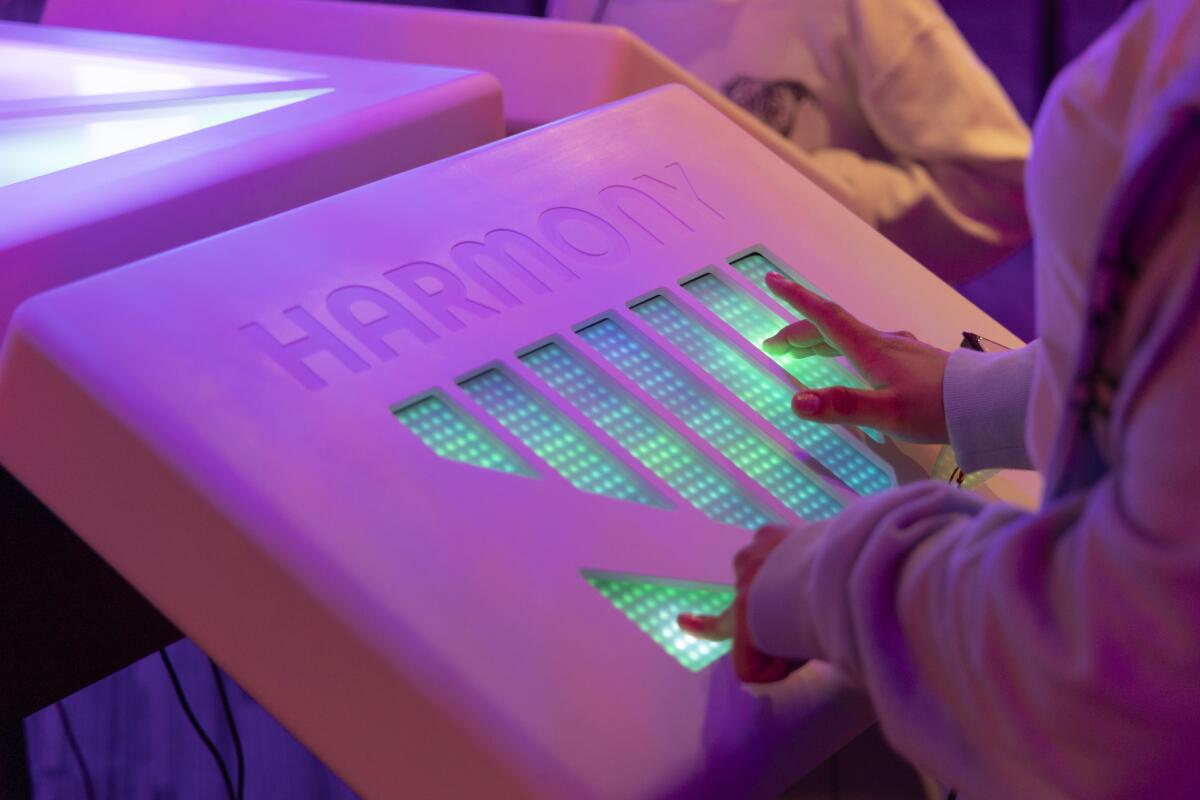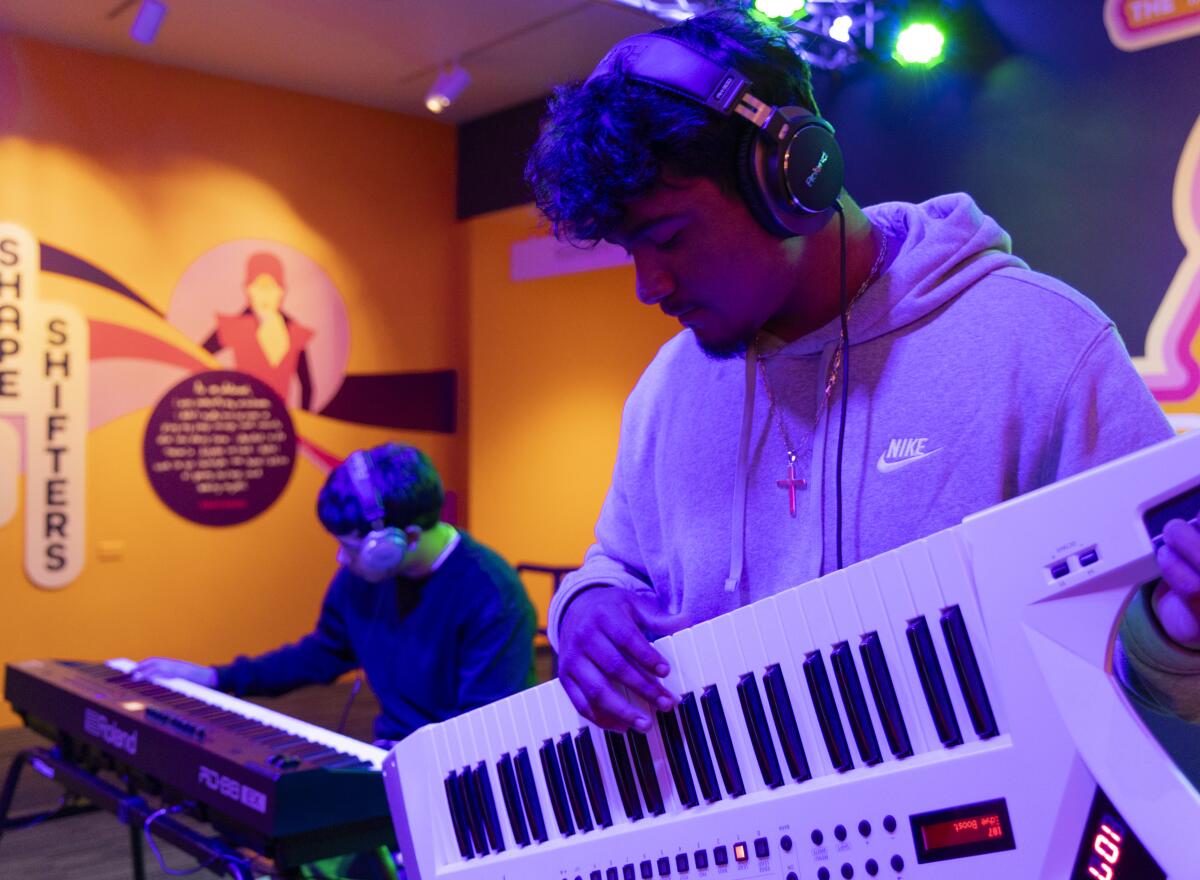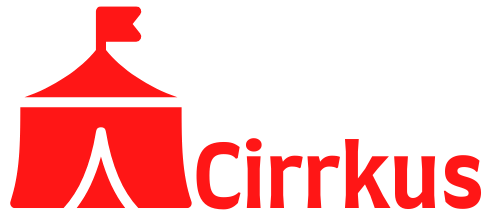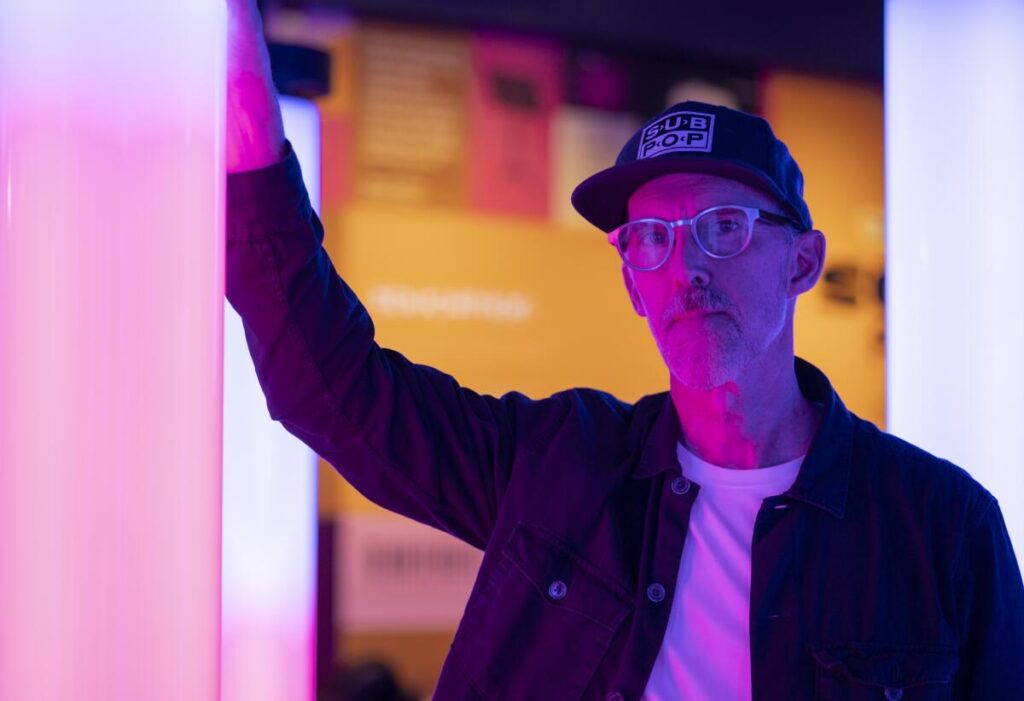The Grammy Museum’s second floor just got a little louder.
Sonic Playground, its newest permanent exhibit, demystifies the music-making process for people of all ages. Its 17 different interactive installations — featuring soundproof recording booths, an instrument-filled stage and even a how-to-DJ booth — allow visitors to uncover their musical potential.
“We hope people can come in, be curious and feel like they could explore. It isn’t a ‘Oh, I don’t know how to do that,’ or a ‘I might embarrass myself’ environment,” said Jasen Emmons, the museum’s chief curator and VP of curatorial affairs. “We want people to get into that playful state.”
With an emphasis on creativity and curiosity, the downtown L.A. museum brings a new, accessible perspective to the competitive industry. The exhibition was fully funded by the institution’s Campaign for Music Education, an initiative focused on lessening music education costs and fostering music’s next generation. Since its inception, this fundraising effort has made the museum free to anyone under the age of 17 and expanded its scholarship programs.
Now, Sonic Playground stands as the campaign’s “crown jewel” — making music available and digestible to visitors through expert-led tutorials and access to hands-on technology.
Every year, the museum welcomes nearly 25,000 students. President and CEO Michael Sticka is hoping that the number at least doubles in the coming years. When he joined the institution seven years ago, one of the first things he did was create a department for community engagement. He says that it continues to be reflected in each of the museum’s accomplishments.
“Community, in my mind, is such a core aspect of what a cultural institution should be. So the fact that we can make the Grammy Museum free for young people and have a one-of-a-kind, music-making experience in L.A. gets back to the core of what we’re supposed to do,” Sticka said. “We are supposed to provide an opportunity and exposure to music to those in our community.”
Emmons, who joined the museum in 2022 from Seattle’s Museum of Pop Culture, says he’s well aware of how uncomfortable people can get when asked to make music — so he decided to prioritize experiences that “just get people to be people.”
Grammy Museum Chief Curator Jasen Emmons poses for a portrait at the new Sonic Playground exhibit.
(Juliana Yamada / Los Angeles Times)
Inside the Recording Academy hub, the Sonic Playground resembles a collaborative studio. Students gather around the small stage to watch their classmates try their hand at the keytar, experiment with different drum patterns and share the connected headphones. Toddlers, and their trailing parents, wander through the electric forest — a series of touch-responsive LED poles — picking and choosing which sounds to play in the echoing composition.
Before its official opening on Friday, students from Steam Legacy High School took a field trip to test out the new show. Crystal Ochoa, the school’s psychiatric social worker, was excited to see how engaged the students were, especially because their school doesn’t offer music curriculum.
“As they go in the little recording studios, you can see them light up,” Ochoa said. “ I don’t even know if they’ve ever touched an instrument before. It’s so important to expose them to every type of music and its process. It just goes to show how many steps go into a particular thing, and I think that’s a lesson that can be applied to so many different things.”

A STEAM Legacy High School student uses the Beat Nexus while visiting the Sonic Playground at the Grammy Museum on Feb. 6. The Beat Nexus incorporates a touchpad to make either harmonies, bass, melodies or drum sounds.
(Juliana Yamada / Los Angeles Times)
Inside the booths, small friend groups take turns either playing the guitar, freestyling over a hip-hop beat or practicing their vocal skills. Other visitors sit attentively, following the step-by-step tutorials on how to use a drum machine or create a sample.
Jennesys Ortiz, Alexa Vidana and Janessa Segura, all students at Legacy High, weren’t sure what to expect at the museum; they thought they were just coming to see a bunch of trophies. As big fans of stars like Karol G and Tyler the Creator, they say they were excited to learn more about what goes on behind the scenes of their favorite songs.
“Music is a way for people to express their feelings and some people don’t listen to certain kinds of music or don’t sing. So this is a way for all of us to experience things we have never heard of,” said Segura, who was particularly intrigued by the loop machines. “I’ve seen this kind of stuff before in movies, but I had never actually seen it in real life.”
Most attendees also won’t be going home empty-handed. A majority of beats or looping tracks they produced can be downloaded, via a QR code. This was one of the priorities of the Sonic Playground’s youth advisory board — a small group of young musicians who helped inform the exhibit’s curation. Throughout the planning process, they met once a month to discuss goals and provide feedback to Emmons.
“We needed to make the museum relevant and exciting to their age group. It’s not enough to only offer free admission. It has to be useful to them,” said Emmons. “I had to have them involved so we don’t as adults think, ‘Oh, this is what they’re gonna want.’ It’s about hearing from them directly — especially because they’re all musicians.”

STEAM Legacy High School students Alexis Medrano, left, and Christopher Luna play keyboards in the Sonic Playground.
(Juliana Yamada / Los Angeles Times)
Beyond pulling music’s curtain back, Sonic Playground aims to expose a young audience to the industry and its possibilities. While visitors are learning to DJ or produce a beat, the SoundTrax Career Wall offers quick answers to those interested in pursuing a job in music. The 50-foot wall diagram highlights different career paths, paired with informational interviews from people in these positions.
Emmons says everyone, whether aspiring to be a musician or not, can learn something from this space.
“Not everybody’s going to become a musician, but having somebody show you what a drum machine or what sampling is, that’s when you start to have a deeper appreciation for music,” Emmons said. “A big part of this is, ‘How can we train people to be better listeners?’ But also be able to hear things and say, ‘Hey, I know how that’s made.’”

